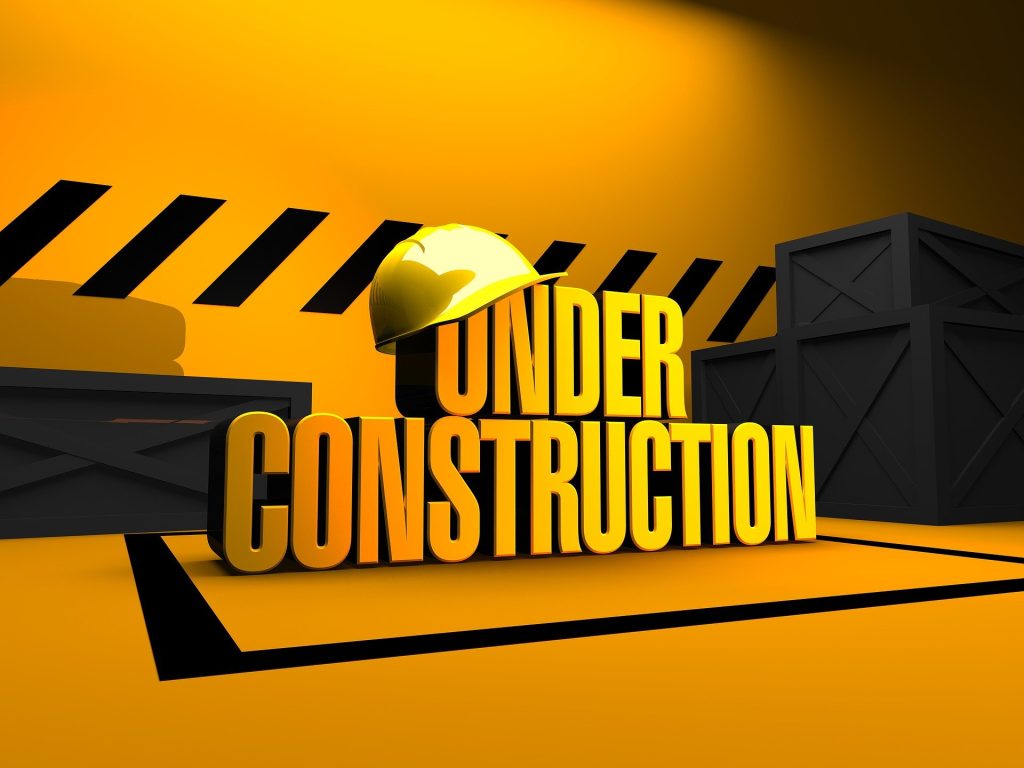
Have you ever been part of a big building project that just doesn’t seem to finish on time? Delays seem to be a big part of many construction projects, but did you know there’s a way to figure out what’s causing them? It’s called “analyzing delay,” and it’s super important for making sure your projects run smoothly. is a crucial tool for construction project management. It helps in pinpointing the reasons behind project delays so that the project can be completed within the given timeline and budget. In this guide, we’ll break down what this analysis is, why it matters, and how it can help you be an even better construction professional. So, let’s jump right in!
Overview
Construction projects involve many complicated activities and require coordination between various teams, including architects, engineers, contractors, subcontractors, and suppliers. Delays can arise from numerous reasons, including weather events, labor disputes, errors in construction drawings, material defects, and changes to the project scope. Delay analysis is conducted to evaluate the causes of the delay and determine who is responsible. It allows construction professionals to identify the activities that are critical to the project, find the activities that are less important, and adjust the project schedule accordingly.
In addition, delay analysis can help construction professionals understand the root cause of a delay, how it can be prevented, and if there is any way to recover the lost time. There are two methods to conduct delay analysis: retrospective and prospective. Retrospective delay analysis aims to determine the cause of a delay after it has already happened. This method examines the project schedule and compares it to the actual results of the project. In contrast, prospective delay analysis, also known as forward-looking analysis, predicts the effects of planned activities on the project timeline. It considers each activity’s duration, interdependencies between activities, and sequencing of project activities.
Why is Delay Analysis Important?
Delay analysis is important because it can save time, money, and resources in the long run. It helps to identify the causes of delays that could otherwise go unnoticed, enabling construction professionals to quickly address problems before they become major issues. This can reduce project costs by preventing unexpected delays from affecting the project timeline. Now that we know what delay analysis is, let’s talk about why it’s so important for construction professionals like you. Here are a few big reasons:
1. Time is Money:
In the world of construction, time really is money. The longer a project takes, the more it costs. That’s why it’s so important to figure out what’s causing delays and fix them as quickly as possible.
2. Happy Clients:
When your clients see that you’re able to spot and fix problems quickly, they’ll be much more likely to trust you with future projects. That means more business for you and your team!
3. Better Planning:
By understanding what causes delays, you can use that knowledge to plan future projects more effectively. That way, you’ll be less likely to run into the same problems again.
The Different Types of Delays
Alright, so we know that delay analysis is important, but what kinds of delays are we actually talking about? There are a few different types of delays that can happen on a construction project, and understanding them is key to solving the problem. Here are some common ones:

1. Excusable Delays:
These are delays that happen because of things outside your control, like bad weather or unexpected changes in regulations. While they’re not your fault, it’s still important to identify and plan for them.
2. Non-Excusable Delays:
These are delays that happen because of things you could have controlled, like poor planning or not having the right materials on hand. It’s super important to figure out what’s causing these delays so you can fix the problem and avoid it in the future.
3. Concurrent Delays:
Sometimes, more than one thing can cause a delay at the same time. For example, maybe there’s bad weather (an excusable delay) and a problem with your materials (a non-excusable delay) happening at the same time. In these cases, it’s important to figure out which issues need to be addressed first.
How to Do a Delay Analysis
Now that we know what delay analysis is all about, let’s talk about how to actually do one. Here are some steps to follow to get started:
1. Gather Information:
The first step in any delay analysis is to gather all the information you can about the project. This includes things like work schedules, plans, contracts, and any other documents that will help you understand what’s going on.
2. Identify Delays:
Next, you’ll want to go through all that information and identify any delays that have happened. Make a list of these delays and note whether they’re excusable, non-excusable, or concurrent.
3. Analyze the Causes:
Once you’ve identified the delays, it’s time to figure out what’s causing them. This might involve talking to your team, looking at your plans, or even visiting the construction site to see what’s going on.
4. Find Solutions:
Now that you know what’s causing the delays, it’s time to find solutions. This might involve adjusting your schedule, ordering new materials, or making changes to your team.
5. Monitor Progress:
Finally, after you’ve made changes to address the delays, it’s important to keep an eye on your project to make sure things are getting back on track. Regularly check in on your progress and make adjustments as needed.
Final Thoughts:
Delay analysis is an important part of successful construction project management. By understanding what kinds of delays can happen, and using the steps above to analyze and fix them, you’ll be able to ensure your projects stay on schedule and within budget. With the right information and an eye for detail, you’ll be able to spot problems early and make sure your projects stay on track. And there you have it, folks! That’s the rundown on delay analysis in construction. By understanding what it is, why it’s important, and how to do one, you’ll be well on your way to becoming a top-notch construction professional. So the next time you’re faced with a project that’s taking longer than expected, don’t panic!



Comments